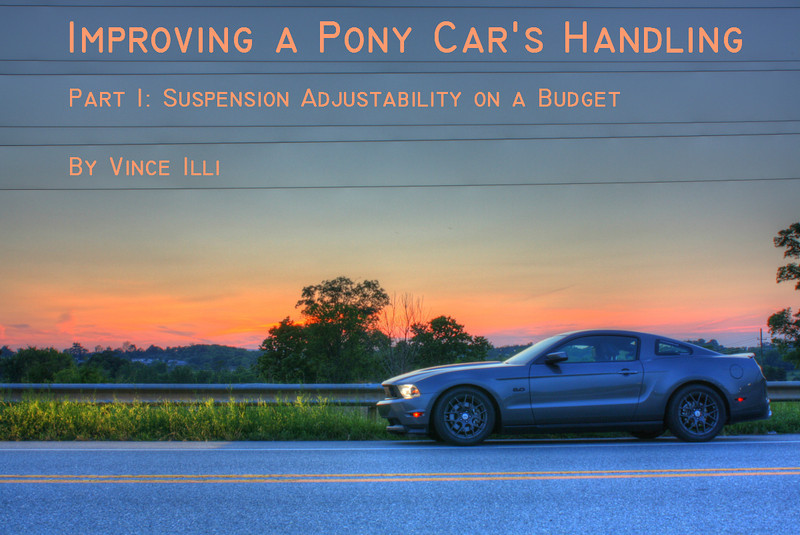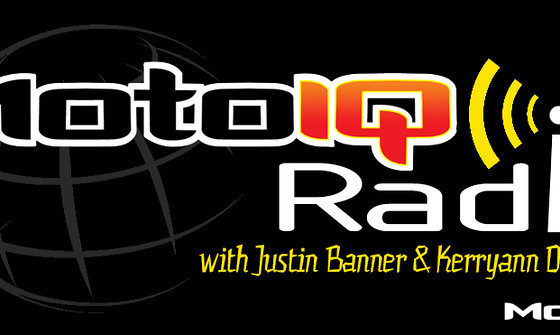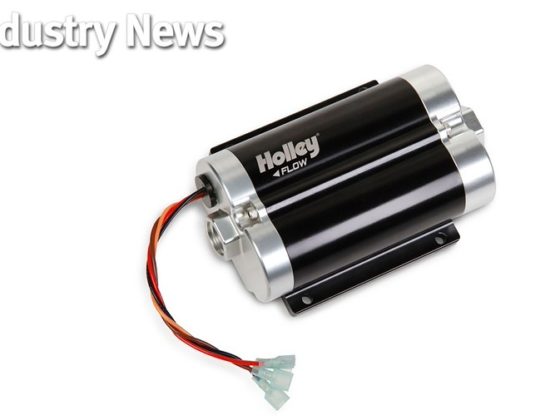,
The next step was to install the Whiteline end links onto the struts. This is most easily accomplished using an impact wrench, but it can be done with a ratchet and box wrench if you're patient. I'm not patient, so I used an impact wrench.
Proper corner-weight balancing requires adjustable-length end links. This is due to the fact that one side of the car will sit slightly higher than the other. Recall that a sway bar is simply a torsion spring that resists body roll; it is thus under tension any time one of the wheels is at a different height than the other one. To remove this preload from the bar, you lengthen one of the end links so that the bar is not twisted when the car is sitting still. We set the new end links to the exact length of the factory ones, because the Mustang is not yet corner-weighted.
 |
| End link installed on the strut. We didn't fully tighten the nuts until everything was in place. |
Now things got interesting. The most difficult part of installing the front sway bar is removing the factory bushings from their saddles. From the factory, there is a backing plate that holds the bushing in using four tabs. These tabs are most likely installed by the sway bar supplier to hold everything together during assembly of the vehicle. They are not necessary for proper suspension operation. Since the Whiteline kit reuses the stock saddles, the tabs must be cut off. This is most easily accomplished using a cutting wheel and a vice grip. After cutting the backing plates off, we trimmed them for better fit by removing the “ridges” on either side of them with a band saw. We cleaned up the cuts with a grinder and hit them with a quick coat of enamel to prevent rusting.
 |
| These impudent little tabs must be removed to get the bushing saddle off the OEM bar. |
 |
| The easiest way to remove them is with a grinder or cutting wheel. |
 |
| The backing plates after removal of the ridges and a fresh coat of rust-resistant enamel. Whiteline told me removal of the ridges is not necessary on the production version of their kit. I had a late prototype version, however, and removal of those ridges was necessary for the bushings to fit. |
After removing the saddles from the stock sway bar bushings, we moved onto installing the new Whiteline bar. The first step was to grease and install the new bushings. Teflon tape was applied to the bar before the grease to provide an extra layer of protection against squeaking. This is especially important since accessing those front bushings after installation is time-consuming.
 |
| Putting a layer of Teflon underneath the grease improves lubrication and holds the grease in longer. Don't say we here at MotoIQ never taught you anything! |



